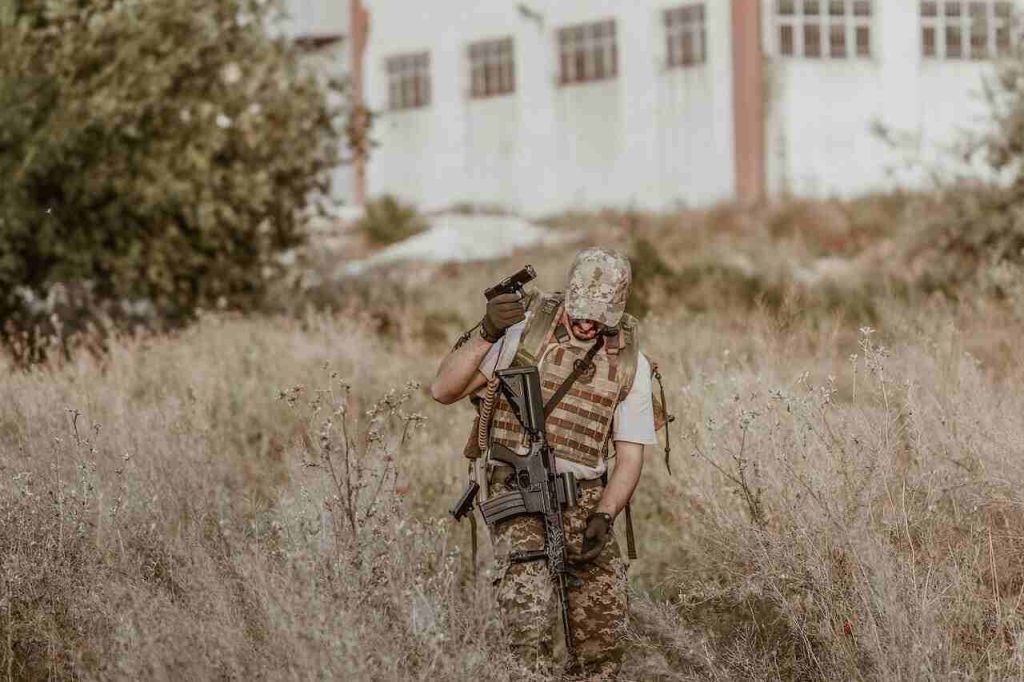Contrary to popular belief, steel body armor plates aren’t only for cops and members of the military. They’re for everyday people as well.
If you’re a hunter, wearing body armor will prevent you from getting clipped by a fellow hunter. Steel plates can also act as personal protection during a home invasion.
The best part is that steel plates are perfectly legal in almost all circumstances. The only exception is if you’re a convicted felon.
Before you go out shopping for body armor, it’s important that you familiarize yourself with the different types.
Continue reading to learn everything you need to know about wearing steel protection plates.
What Are Body Armor Plates?
A body armor plate is as the name would suggest. It’s a flat plate that’s designed to fit inside of a vest known as a plate carrier.
These plates come in a variety of different materials, but the most common are ceramic and steel. Out of the two materials, steel is less prone to cracking, so it can take more fire rounds at one time.
On top of buying a single armor plate, you can also get smaller ones that you can slip into the side pockets of the carrier.
Choosing Your Plate Carrier
It’s important that you choose the right-sized plate carrier. If yours is too large or too small, it won’t be able to protect your organs properly.
While a majority of people wear a medium, there are exceptions to the rule. The top front of the armor plate must align with your mid-clavicular line. You should be able to grab your rifle without it bumping into your plate carrier.
You know that you’ve found the right size if you can bend over to touch your toes, twist your torso left and right, move your arms up and down and forward and back, or do a burpee without any issues.
NIJ Certification
NIJ is also known as the National Institute of Justice. It’s the government agency that sets the standard for steel plate body armor.
While not every piece of hard body armor is certified by the NIJ, finding pieces that are is a good reflection of their effectiveness.
Threat Levels
The NIJ separates body armor into threat levels. Level IIA means that the armor can stop .40 S&W bullets fired from a short-barrel handgun. It doesn’t offer protection from rifles.
Level II plates can stop .357 Magnum ammunition, but they’re also ineffective against rifles. If you need something that can withstand a little more firepower, you’ll have to look for level III and level IV-certified plates.
No matter your needs, you can buy hard armor here that’s been certified by the NIJ.
Protect Yourself With Steel Body Armor Plates
When it comes to protecting yourself, it’s okay to be cautious. Steel body armor plates aren’t only for law enforcement. Wearing them can help you during a home invasion or keep you safe while hunting in the woods.
Are you looking for more information on armor protection? Check out our blog for all the latest posts.
